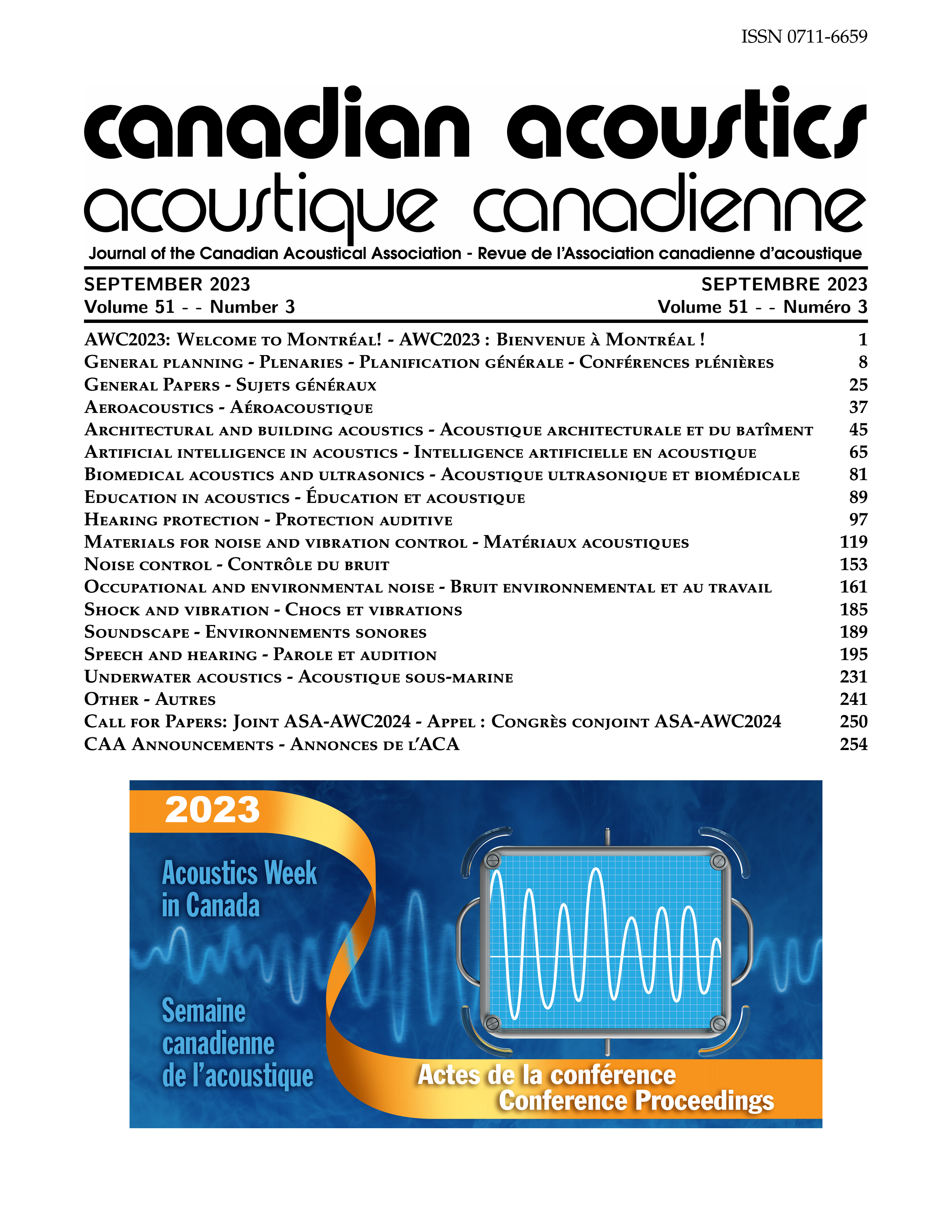Assessment of Propeller Cavitation Inception Speed Based on Onboard Vibration and Underwater Acoustic Data
Abstract
The level of underwater radiated noise (URN) caused by marine transportation has been steadily rising in recent decades, reaching a point where it is recognized as a significant environmental issue. This increase in noise can be attributed to the growing number and larger sizes of commercial vessels. The detrimental effects of underwater noise have been observed in various species, including mammals, fish, and invertebrates. The URN emitted by ship primarily consists of three types of noise: machinery noise, propeller noise, and hydrodynamic noise. At low speeds, machine noise is the dominant factor, while at high speeds, propeller noise begins as the main source of noise, particularly when propeller cavitation becomes more pronounced. It is crucial to identify the cavitation inception speed (CIS) in order to reduce propeller noise and mitigate its impact on the surrounding marine environment. This abstract discusses the use of onboard vibration data to estimate the cavitation inception speed and detect its occurrences. By analyzing the vibration data generated by the propeller, unique frequency patterns generated by cavitation can be identified. In this context, Detection of Envelope Modulation On Noise and cyclic modulation coherence algorithms are employed along with vibrational levels to indicate the occurrence of cavitation. The accuracy of the algorithms is assessed using onboard vibration data collected onboard the research ship Coriolis II as well as to underwater acoustic data recorded by the Marine Acoustic Research Station. The ship is equipped with a twin screw propeller with four blades. The results show that the two algorithms of the estimation of the CIS is fairly accurate and reliable. The use of onboard vibration data has the potential to become a standard practice for detecting propeller cavitation,estimating the CIS and potentially reducing underwater noise pollution in the maritime industry.Additional Files
Published
How to Cite
Issue
Section
License
Author Licensing Addendum
This Licensing Addendum ("Addendum") is entered into between the undersigned Author(s) and Canadian Acoustics journal published by the Canadian Acoustical Association (hereinafter referred to as the "Publisher"). The Author(s) and the Publisher agree as follows:
-
Retained Rights: The Author(s) retain(s) the following rights:
- The right to reproduce, distribute, and publicly display the Work on the Author's personal website or the website of the Author's institution.
- The right to use the Work in the Author's teaching activities and presentations.
- The right to include the Work in a compilation for the Author's personal use, not for sale.
-
Grant of License: The Author(s) grant(s) to the Publisher a worldwide exclusive license to publish, reproduce, distribute, and display the Work in Canadian Acoustics and any other formats and media deemed appropriate by the Publisher.
-
Attribution: The Publisher agrees to include proper attribution to the Author(s) in all publications and reproductions of the Work.
-
No Conflict: This Addendum is intended to be in harmony with, and not in conflict with, the terms and conditions of the original agreement entered into between the Author(s) and the Publisher.
-
Copyright Clause: Copyright on articles is held by the Author(s). The corresponding Author has the right to grant on behalf of all Authors and does grant on behalf of all Authors, a worldwide exclusive license to the Publisher and its licensees in perpetuity, in all forms, formats, and media (whether known now or created in the future), including but not limited to the rights to publish, reproduce, distribute, display, store, translate, create adaptations, reprints, include within collections, and create summaries, extracts, and/or abstracts of the Contribution.


